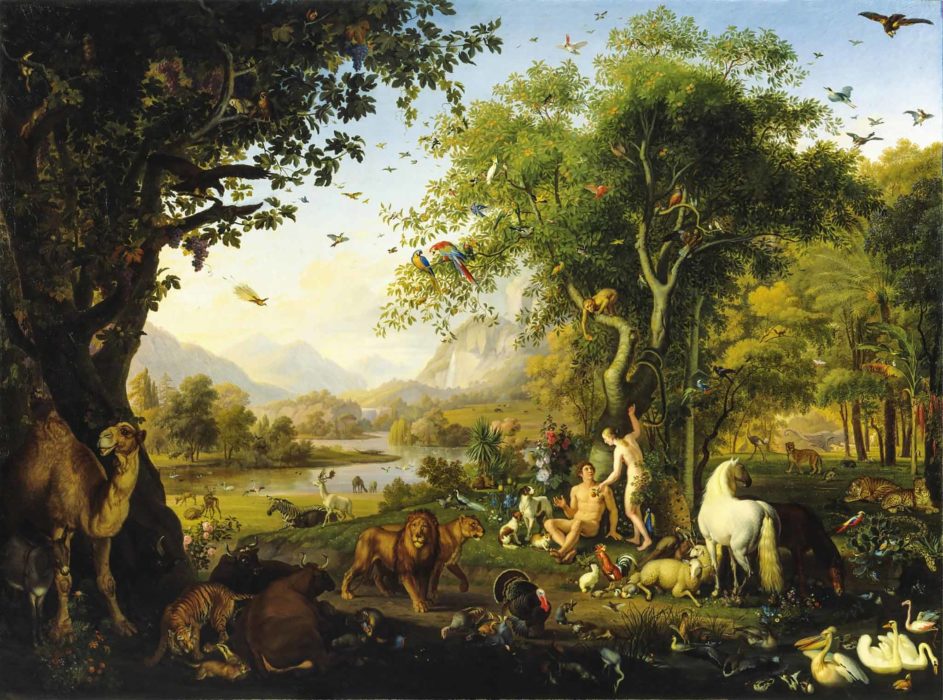“THE HOLY BOOKS HAVE their special terminologies,” ‘Abdu’l-Bahá told an audience at the Dublin Inn on August 5, 1912. “Physicians have their own peculiar terms; architects, philosophers have their characteristic expressions; poets have their phrases; and scientists, their nomenclature.” It was one of the few talks he gave in the scenic town of Dublin, New Hampshire, that was transcribed for posterity. His subject was religious scripture and the symbolic language it employs.
Narrow-minded interpretations of scripture, ‘Abdu’l-Bahá argued, have held people back from recognizing the truth. Christians and Jews, for example, had clung to the literal meaning of prophecies that said “The Messiah shall appear from heaven.” Although Christ was in their midst these people denied him, saying, “This man came from Nazareth; we know his house; we know his parents and people.” The true meaning of the statement, ‘Abdu’l-Bahá argued, “is that the divine reality of Christ was from heaven, but the body was born of Mary.”
Abdu’l-Bahá then invoked the story of Lazarus from the Gospel of John. Lazarus had been dead for four days when Jesus entered his tomb and raised him from the dead. The true meaning, ‘Abdu’l-Bahá stated, must be “symbolical and spiritual.” His interpretation was that “the power of God is infinite,” and “it is within that power to accomplish anything.”

Years before, when ‘Abdu’l-Bahá was still a prisoner, Laura Clifford Barney, of the artistic Barney family of Washington, DC, traveled to ‘Akká to visit him on several occasions. She brought many questions with her about Christian subjects. She collected the answers ‘Abdu’l-Bahá gave and published them in America as a book called Some Answered Questions in 1908. In response to Laura Barney’s questions, ‘Abdu’l-Bahá offered fresh readings of familiar stories in Genesis, Isaiah, and the Book of Revelation. For example, he argued against the common approach to the Genesis story, which blames women for the expulsion of Adam and Eve from the Garden of Eden.
“If we take this story in its apparent meaning, according to the interpretation of the masses, it is indeed extraordinary,” he argued. “The intelligence cannot accept it, affirm it, or imagine it. . . .”
“Adam,” ‘Abdu’l-Bahá suggested, “signifies the heavenly spirit of Adam, and Eve His human soul. For in some passages in the Holy Books where women are mentioned, they represent the soul of man.” The serpent, he added, symbolizes “attachment to the human world. This attachment of the spirit to the human world led the soul and spirit of Adam from the world of freedom to the world of bondage and caused Him to turn from the Kingdom of Unity to the human world.”
‘Abdu’l-Bahá urged his audience in Dublin to search for the “inner meanings” of things. He quoted a popular Eastern phrase: “When my friend entered the house, the doors and walls began to sing and dance.” The point, he said, is to “engage in the matter according to its own terms and usages.”






